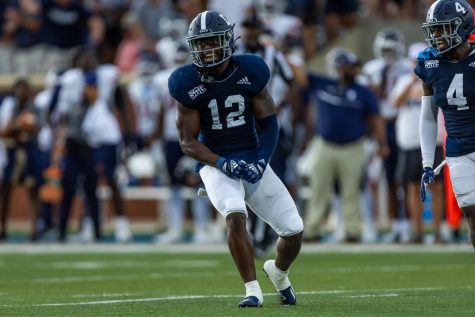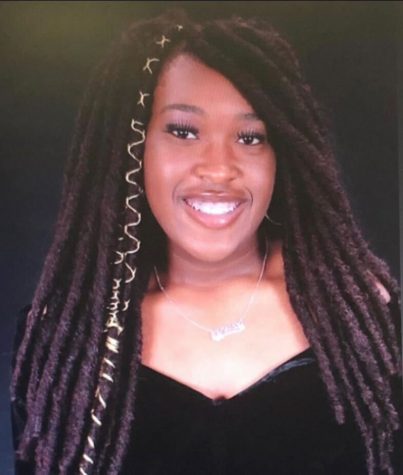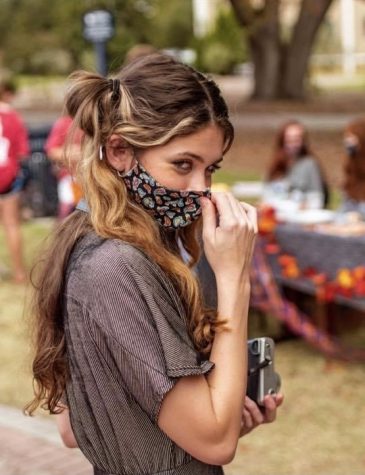Why is there a BIG issue?
January 21, 2014
For years now, people and fashion enthusiasts have had a power struggle over what “beautiful” is and how it is represented in magazines. We’ve made so much progress as a nation, yet we still can’t show a lady with a full figure on the cover of a magazine without someone saying something similar to what we’d hear in a middle school rap battle.
In recent headlines, audiences were pleased, yet shocked, to see “Girls” star Lena Dunham on the cover of the famous fashion magazine Vogue. Editor-in-Chief of the magazine Anna Wintour, the inspiration for “The Devil Wears Prada,” has been openly candid in the past with the type of woman she wants on the cover of the magazine, and in simple terms, it’s not somebody that weighs more than 100 pounds. Wintour even went as far as asking Oprah Winfrey to lose 20 pounds before her debut Vogue cover for the October edition in 1998. But it seems as though Wintour may be ready to step away from the stereotypical Vogue cover girl.
Although we are making several steps forward in this “not-every-woman-has-the-same body-type” campaign, sometimes we as a society can become the critics even though we think we are the ones trying to defend. Mindy Kaling, creator and star of “The Mindy Project,” alongside Amy Poehler, Allison Williams and Zooey Deschanel were all chosen for ELLE’s ‘’Women of TV’’ issue, each being the cover girl for four separate issues. Out of the four, Kaling’s cover was the only one from the special issue that was a close up of her face, and in black and white. The other women’s covers however, were of their full bodies and in color. How someone went about noticing this coincidence, and automatically suggested that ELLE didn’t show Kaling’s body because she was not as thin as the other women, is beyond me. But, someone did.
Although the other women may be smaller in structure than Kaling, Kaling expressed how much she loved the cover, and in her words, “Never looked better.” If she didn’t have a problem with it, why should other people? While people were trying to “defend” Kaling, she stated how they ended up just insulting her.
So what can we learn from all of this? How about, if we are still going to judge who makes a cover of a magazine, we do it because we don’t think the cover girl is talented at their chosen occupation, or that they stick their tongue out entirely too much. Not because of the way their body looks.












